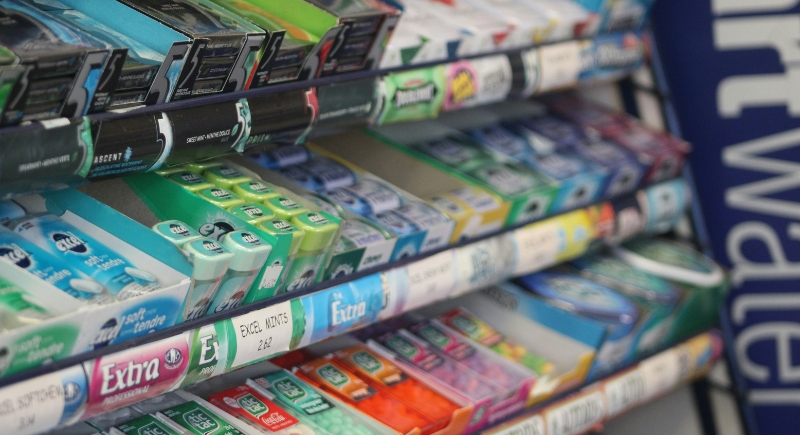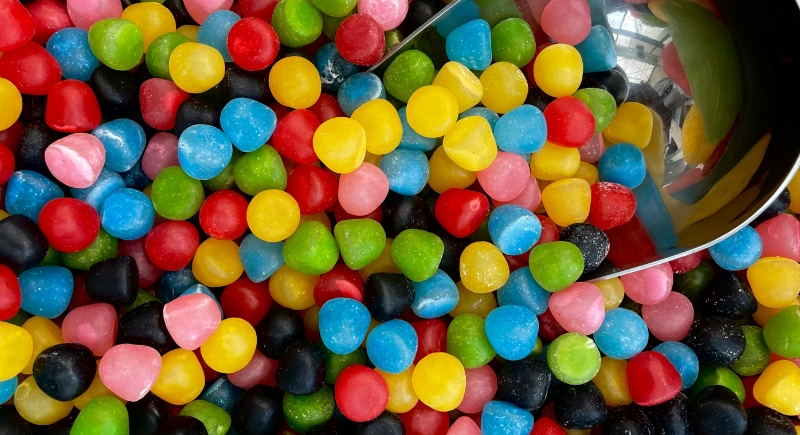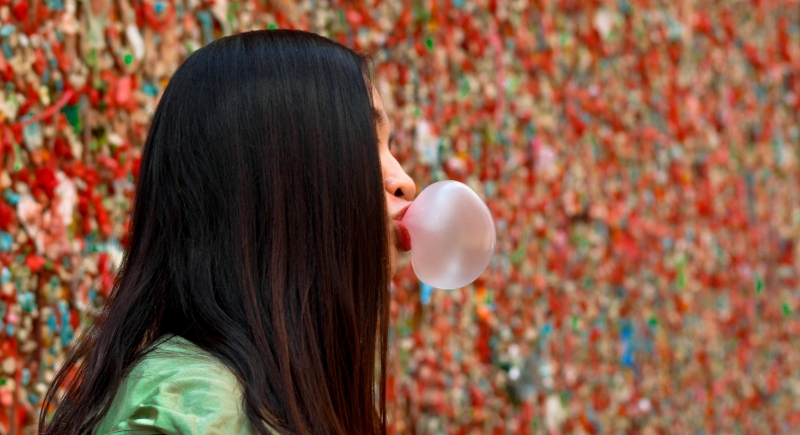Chewing Gum’s Secret Ingredients Might Just Horrify You
Colorful packs of gum look enticing on store shelves, but the ingredients behind that chewy texture are far from what most people expect. Gum used to be natural. Ancient cultures used tree sap and resin. In northern Europe thousands of years ago, people chewed birch bark tar for toothaches and a little enjoyment. The Maya in Central America chewed chicle from the sapodilla tree to ease hunger or thirst. It was part of life.
Centuries later, in the United States, spruce resin gum was sold commercially before entrepreneurs moved on to paraffin wax and chicle. These early versions were simple and recognizable. By the late 1800s, companies had built gum factories, and by the early 1900s, brands like Juicy Fruit and Wrigley’s Spearmint turned gum into a national habit. Bubble gum followed, and the product grew into a massive industry. The problem is that the gum you grab today is not the same product that started as tree sap.
What Modern Gum Is Really Made Of

Image via Unsplash/Gabriel Dalton
Modern gum is usually made with synthetic rubber rather than anything natural. Manufacturers rely on oil‑based polymers such as polyethylene, styrene‑butadiene, and polyvinyl acetate. Do you know those materials are also used in things like car tires, plastic bags, and wood glue?
Companies list these ingredients vaguely as “gum base,” which hides what they really are. Research from the University of Arkansas showed that the common gum base includes chemicals not normally associated with food. Wrigley, a leading brand, does not share its exact recipes and instead promotes texture and smoothness. Large‑scale production means an enormous amount of these materials goes into circulation.
Experts estimate that around 1.74 trillion pieces of gum are produced each year, which translates to millions of tons of synthetic material that people chew and then discard. The chewed remnants turn into long‑lasting litter, and over time, they break down into microplastics that linger on sidewalks and seep into waterways.
The Hidden Chemicals That Color Your Gum

Image via Unsplash/Eddie Pipocas
A fresh stick of gum often comes in bright colors, and that means synthetic dyes. Varieties of gum, from strawberry layers to mint cubes, use color additives like Red No. 40, Yellow No. 5, Yellow No. 6, and Blue No. 1. Studies by the California Office of Environmental Health Hazard Assessment link these dyes to behavioral problems in some children.
European regulators require warning labels on products with these dyes, yet in the United States, they remain common in candy and gum. Food safety levels were set decades ago, and researchers have since called those limits outdated. The information is public, but most people never connect those colorful sticks to anything beyond flavor.
Another ingredient often included is titanium dioxide. It makes colors brighter and gives gum a smooth appearance. The European Food Safety Authority reviewed the data in 2021 and determined that titanium dioxide should no longer be considered safe in food, which led to a ban across the EU. In the United States, titanium dioxide is still approved, and it appears in brands ranging from fruit‑flavored gumballs to sugar‑free peppermint varieties.
Advocacy groups have petitioned the FDA to reconsider, but for now, the ingredient remains on shelves nationwide. California and New York have both introduced legislation aimed at removing certain dyes and titanium dioxide from food products, including gum.
Plastic Pollution and the Afterlife of Gum

Image via Unsplash/Marc Newberry
Gum that ends up on city sidewalks does not fade away quickly. Municipalities spend large amounts on pressure washing to remove the residue, yet the pieces that remain harden into a layer of plastic waste. The Dutch National Institute for Public Health and the Environment reported years ago that gum is a regular part of urban litter and a source of microplastics, but there has been little action to address it. Gum is not recyclable, and its synthetic base means the only safe disposal is regular trash. As discarded pieces sit on the pavement, they eventually crumble into small plastic particles that wash into storm drains.
Not to mention Americans chew a lot of gum. Data from 2020 shows over 160 million people in the United States consumed some form of chewing gum or bubble gum that year. On average, each gum user went through around 300 pieces. That adds up to an enormous stream of synthetic material traveling through mouths and into the environment. Some companies now market plastic‑free gum by returning to tree sap and natural bases. Those options are a way to enjoy gum without contributing to plastic waste or ingesting substances originally developed for industrial use.
A New Look at an Everyday Habit

Image via Unsplash/Charles Wright
Chewing gum has been part of human culture for thousands of years, but the ingredients have shifted from the birch tar and chicle it began with to spruce resin and paraffin, and now synthetic rubbers, polymers, dyes, and additives that regulators continue to debate. The gum industry keeps recipes under wraps, using vague terms and smooth marketing, while billions of pieces are chewed and tossed every year.
Awareness is growing, and some consumers choose natural gum bases to avoid the synthetic blend. Chewing gum is no longer the simple resin that once served ancient cultures. It is now a product shaped by industrial science and global demand. For those who still prefer standard brands, the facts remain that every chew involves materials linked to plastic pollution and chemicals questioned by food safety scientists.